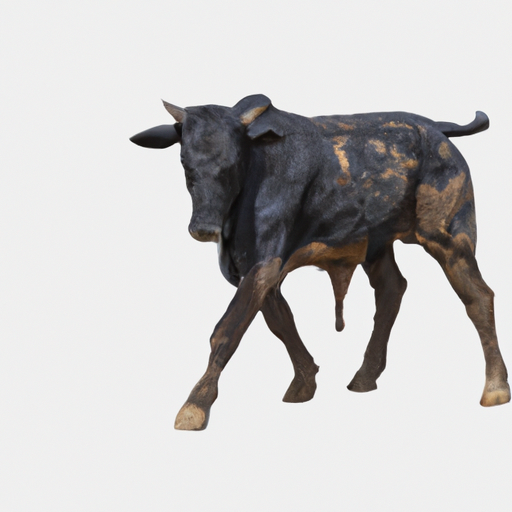 Introduction:
Introduction:
Animal abuse, an abhorrent and distressing reality, haunts our world in the shadows of human civilization. This comprehensive article aims to shed light on the various forms and locations of animal abuse, uncovering a distressing truth that demands our attention and collective action. From industrial farming practices to entertainment industries, scientific experiments, and illegal wildlife trade, animal abuse persists in countless corners of our planet, perpetuating suffering on an unfathomable scale.
1. Industrial Farming and Factory Farms:
One of the most pervasive and distressing forms of animal abuse occurs within the realm of industrial farming. Factory farms, notorious for their intensive and cruel practices, subject animals to unimaginable suffering. Chickens, cows, pigs, and other animals are crammed into confined spaces, deprived of natural behaviors, and subjected to routine mutilations without anesthesia. The relentless pursuit of profit often results in deplorable conditions, causing immense physical and psychological suffering.
2. Live Animal Transport and Slaughter:
In the realm of live animal transport, countless animals endure excruciatingly long journeys, overcrowded conditions, and inadequate access to food, water, and veterinary care. These animals, be it livestock, horses, or even pets, face immense stress and often suffer from injuries, illnesses, and even death. In slaughterhouses, the brutality continues as animals are subjected to inhumane killing methods, including stunning failures, excessive pain, and prolonged suffering.
3. Fur and Leather Industries:
The fashion industry, particularly the fur and leather sectors, perpetuates animal abuse on an alarming scale. Millions of animals, including minks, foxes, rabbits, and reptiles, are raised in deplorable conditions solely to satisfy the demand for luxury garments. These animals endure lives of confinement, deprivation, and ultimately, cruel deaths. The methods used to obtain fur and leather, such as trapping, gassing, and skinning, are harrowing and devoid of compassion.
4. Entertainment Industries:
The entertainment industry, encompassing circuses, marine parks, zoos, and horse racing, is rife with animal abuse. Elephants, big cats, marine mammals, and horses are subjected to cruel training methods, confinement, and exploitation for human amusement. These intelligent creatures suffer both physically and psychologically, enduring a life devoid of natural habitats, companionship, and freedom. The use of whips, chains, and harmful training techniques further exacerbate their misery.
5. Scientific Experiments:
While scientific advancements are crucial for human progress, animal abuse often taints the field of research. Countless animals, including rodents, primates, and dogs, are subjected to painful experiments, invasive procedures, and toxic substances. The lack of ethical guidelines and alternatives perpetuates unnecessary suffering, as animals endure unimaginable pain without the prospect of a life free from confinement and torment.
6. Illegal Wildlife Trade:
The illegal wildlife trade is a multi-billion-dollar industry that exploits countless animals, both exotic and domesticated, for various purposes. This illicit trade encompasses the sale of live animals, their parts, and derivatives, fueling a cycle of cruelty and endangering numerous species. From poaching elephants for ivory to capturing rare birds for collectors, the illegal wildlife trade perpetuates a devastating cycle of abuse, endangerment, and extinction.
Conclusion:
Animal abuse is an epidemic that permeates our world, transcending borders, cultures, and industries. From factory farms and live animal transport to the fur and leather industries, entertainment sectors, scientific experiments, and the illegal wildlife trade, animals suffer grievously at the hands of human exploitation. As a society, it is our moral duty to expose these dark realities, promote awareness, and advocate for change. Through education, legislation, and compassionate choices, we can strive towards a future where animal abuse becomes a chapter of our history rather than an ongoing tragedy.
